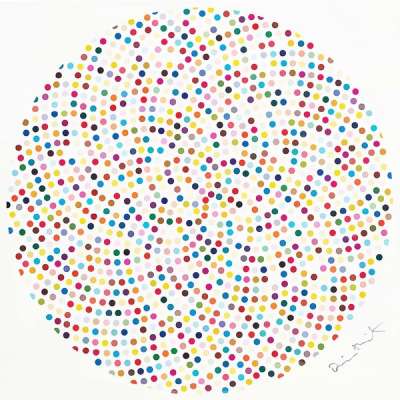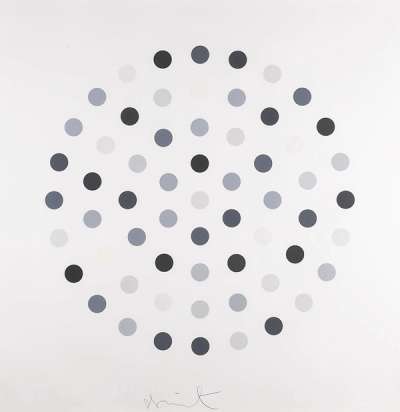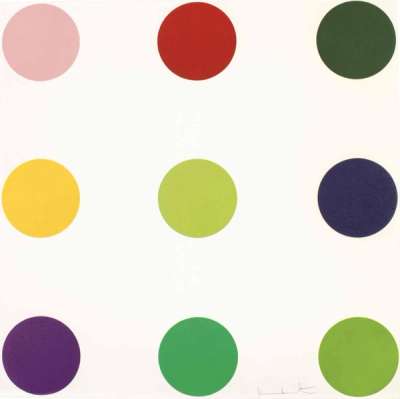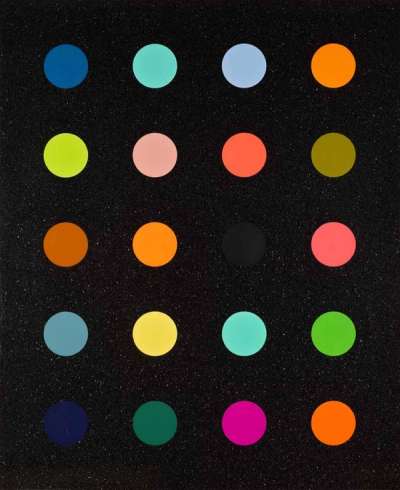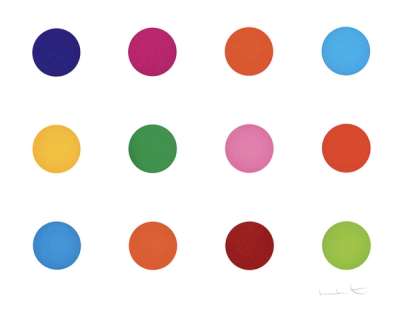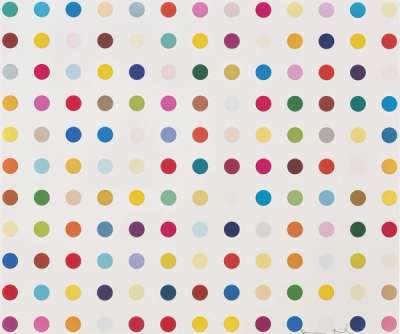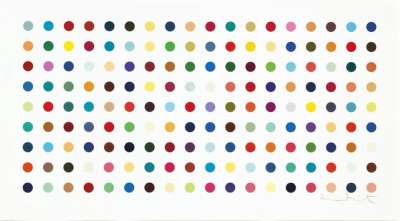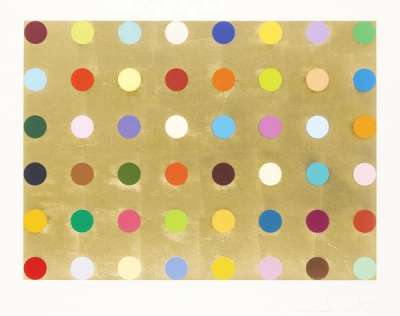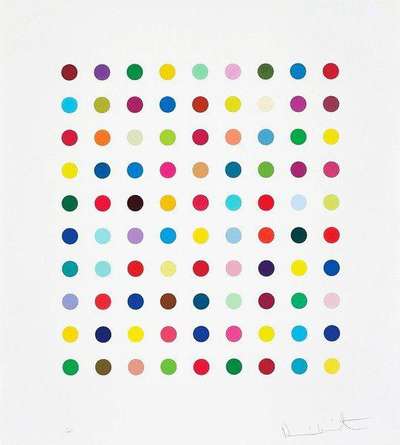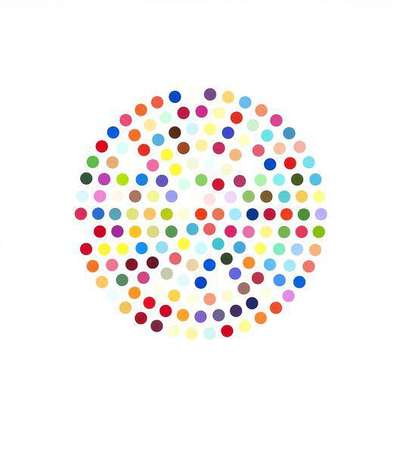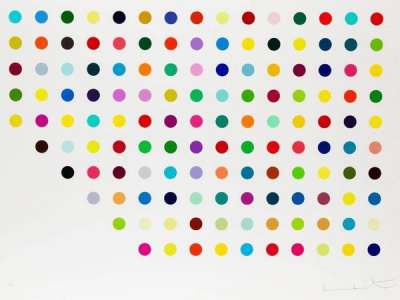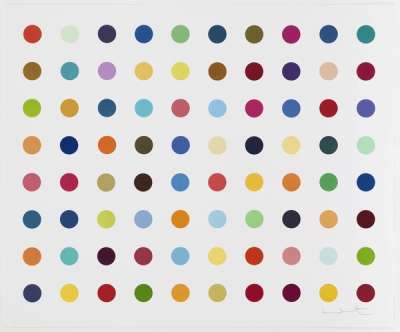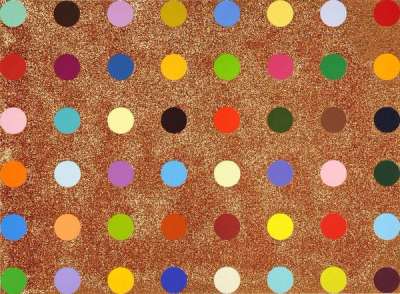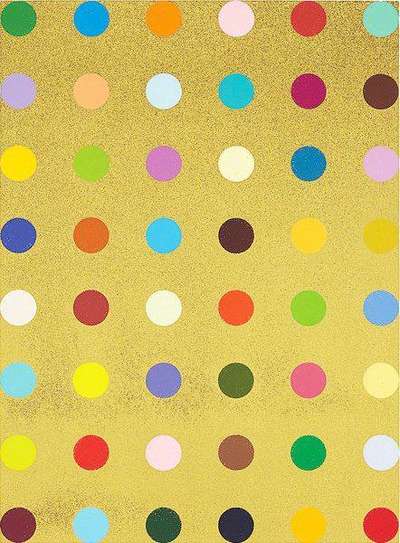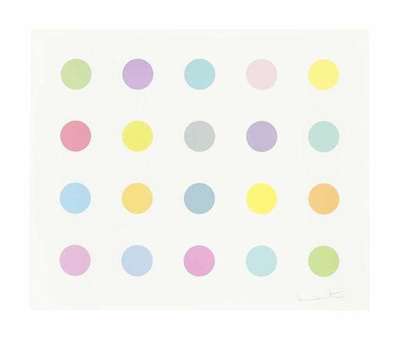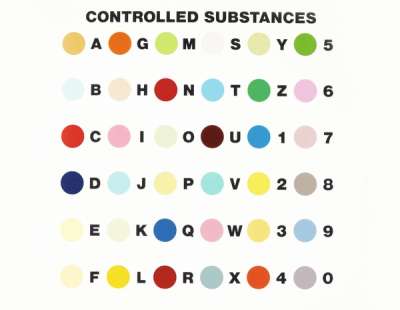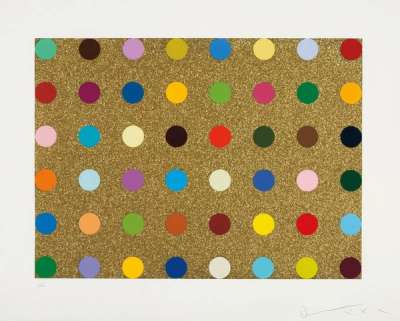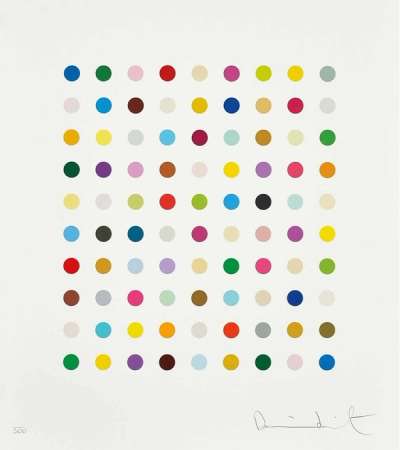
Vipera Lebetina
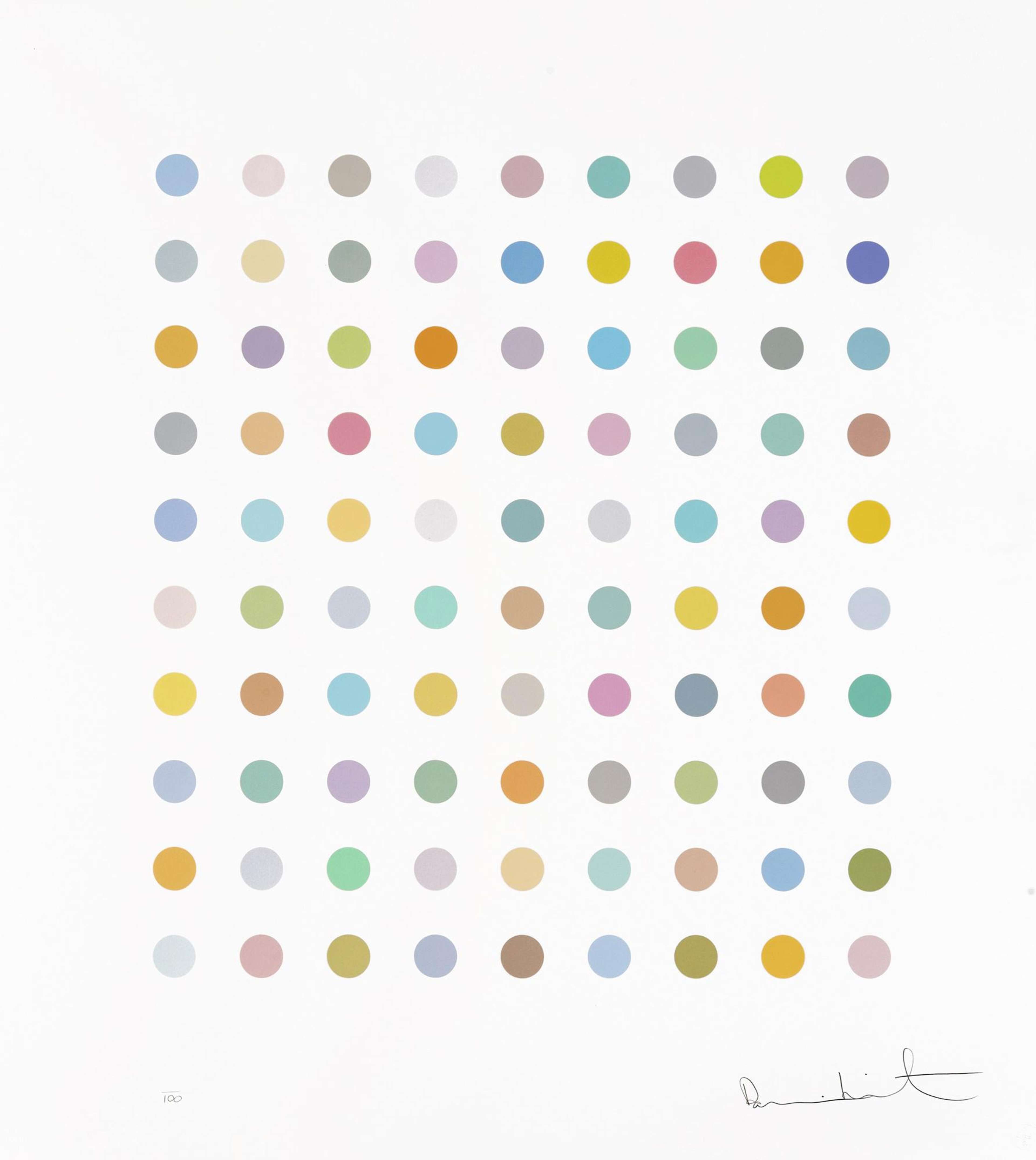
Vipera Lebetina
Signed Print
Damien Hirst
£9,000-£13,500Value Indicator
$18,000-$27,000 Value Indicator
$16,000-$24,000 Value Indicator
¥80,000-¥120,000 Value Indicator
€11,000-€16,000 Value Indicator
$90,000-$130,000 Value Indicator
¥1,720,000-¥2,580,000 Value Indicator
$11,500-$17,000 Value Indicator
AAGR (5 years) This estimate blends recent public auction records with our own private sale data and network demand.
There aren't enough data points on this work for a comprehensive result. Please speak to a specialist by making an enquiry.
Medium: Screenprint
Edition size: 100
Year: 2011
Size: H 49cm x W 43cm
Signed: Yes
Format: Signed Print
TradingFloor
Track this artwork in realtime
Watch artwork, manage valuations, track your portfolio and return against your collection
Track auction value trend
Auction Results
| Auction Date | Auction House | Location | Hammer Price | Return to Seller | Buyer Paid |
|---|---|---|---|---|---|
| May 2024 | Tate Ward Auctions | United Kingdom | |||
| July 2022 | Christie's New York | United States | |||
| March 2022 | Tate Ward Auctions | United Kingdom | |||
| May 2021 | Stockholms Auction House | Sweden | |||
| December 2017 | Christie's New York | United States | |||
| April 2017 | Bonhams Los Angeles | United States | |||
| July 2015 | Christie's New York | United States |
Meaning & Analysis
Vipera Lebetina is a screen print from 2011 by Damien Hirst. Considered within Hirst’s famous group of Spots paintings, this is an editioned print that shows several rows of ‘spots’ in a grid-like composition. Differing from many of the most iconic Spots paintings that use bright, saturated colours, this work uses a more muted colour palette against an off-white backdrop.
The title of each Spots painting is named after a pharmaceutical drug, which are then each grouped into series’ through subcategories of medication. In order to title his Spots paintings, Hirst purchased the Physicians’ Desk Reference, which was an commercially published annual collection of information on prescription drugs for manufactures. Hirst has remarked that “it was just an afterthought to name them after drugs, based on this book, but I saw it and thought: I have just got to do all of them.”
This quote partially explains the impossible endlessness that characterises the Spots paintings. Set in grid-formulas and each depicting a unique combination of coloured dots, this series of works allows Hirst to expand his practice across three studios with assistants to carry out his instructions for painting. With only a few basic rules, Hirst established a system not dissimilar from Andy Warhol’s Factory from the 1960s, whereby hundreds of Spots paintings are produced on a large scale.
Damien Hirst, born in Bristol in 1965, is often hailed the enfant terrible of the contemporary art world. His provocative works challenge conventions and his conceptual brilliance spans installations, paintings, and sculptures, often exploring themes of mortality and the human experience. As a leading figure of the Young British Artists (YBA) movement in the late '80s, Hirst's work has dominated the British art scene for decades and has become renowned for being laced with controversy, thus shaping the dialogue of modern art.
